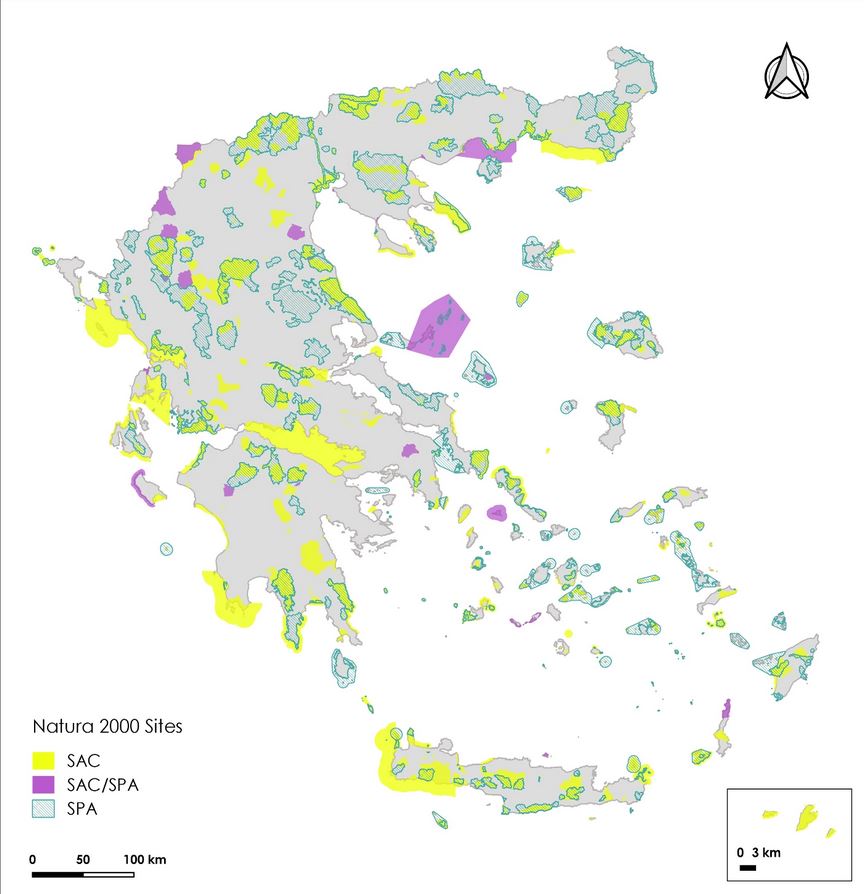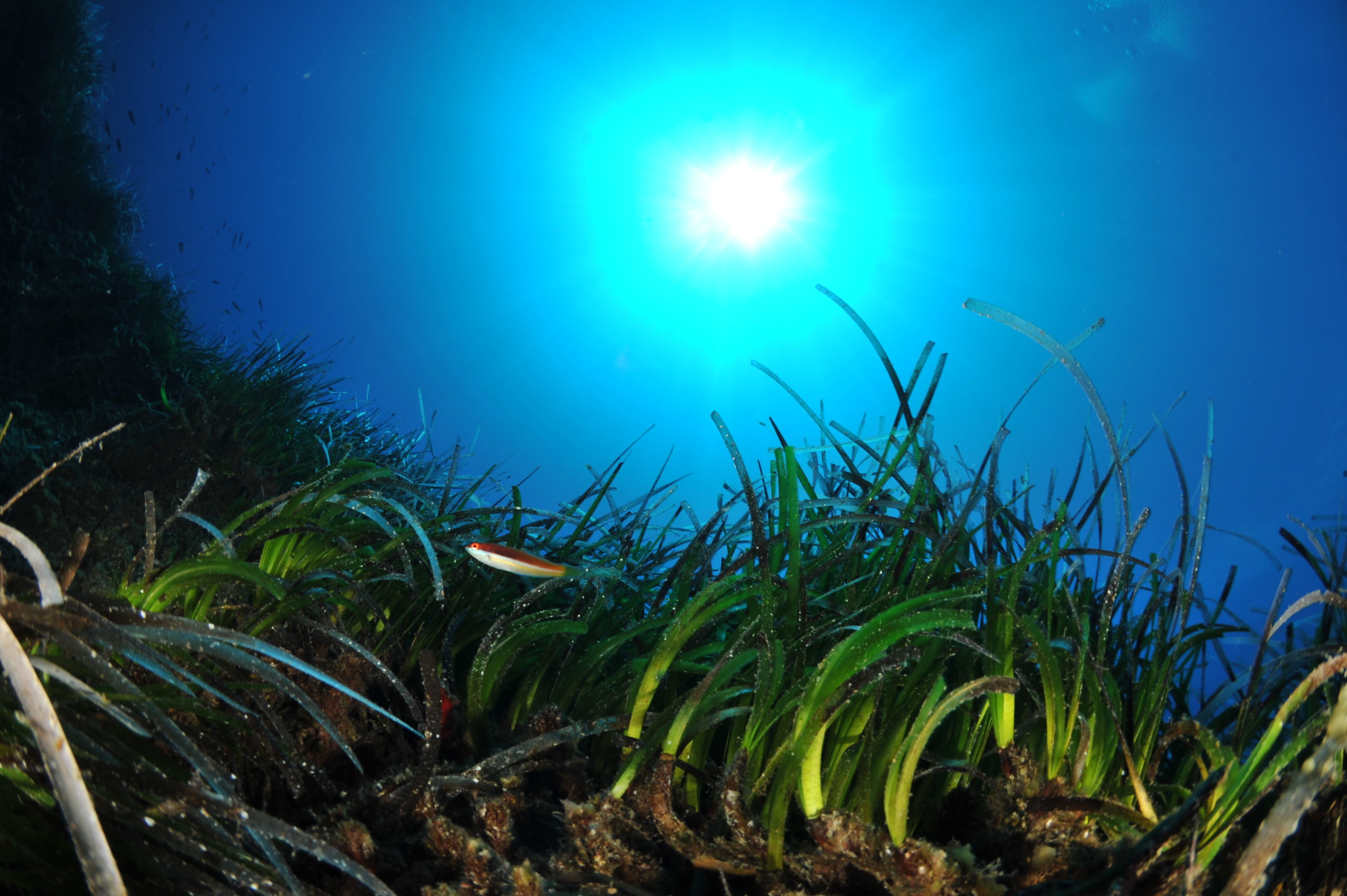Only 11 of the 62 endangered species that are in the Greek lists of the Natura 2000 network, ie 18% are fully covered. The remaining 51 species are all partially covered by the Natura 2000 network, with 52.0% average coverage. In fact, according to the data of a new important study of Greek scientists, the regions of Crete and the Peloponnese have the highest percentage of endangered species, while Crete and the South Aegean region offer the highest coverage for endangered species.
In particular, the study entitled: “The Natura 2000 network and the endangered species of Greece” published in the Journal Biodiversity and Conservation, after collaboration between major universities and institutions, emphasizes that 27 (6.4%) endangered species are not covered at all in protected areas of the Natura 2000 network, while 46 (10.8%) endangered species are covered in less than 10%. According to the conclusions of the scientists, the expansion of the Natura 2000 network by only 4.8%, is enough for all endangered species to have more coverage than 10% of the protected areas in Greece.
As stated by the professor and CEO of the Organization for Natural Environment and Climate Change, Costas Triantis: “The loss of biodiversity and the collapse of ecosystems, are two of the main threats to humanity in the coming decades. The integrated protection and management of the natural ecosystems of our country is a national challenge and at the same time can be a national advantage”. According to the study, the protected areas of the Natura 2000 network cover by 47.6% the 424 endangered terrestrial and inland water species of Greece.
Photo: Figure from the Article: Spiliopoulou, K., Dimitrakopoulos, P.G., Brooks, T.M., Kelaidi, G., Paragamian, K., Kati, V., Oikonomou, A., Vavylis, D., Trigas, P., Lymberakis, P., Darwall, W., Stoumboudi, M.Th. & Triantis K.A. (2021) The Natura 2000 network and the ranges of threatened species in Greece. Biodiversity and Conservation. https://doi.org/10.1007/s10531-021-02125-7



